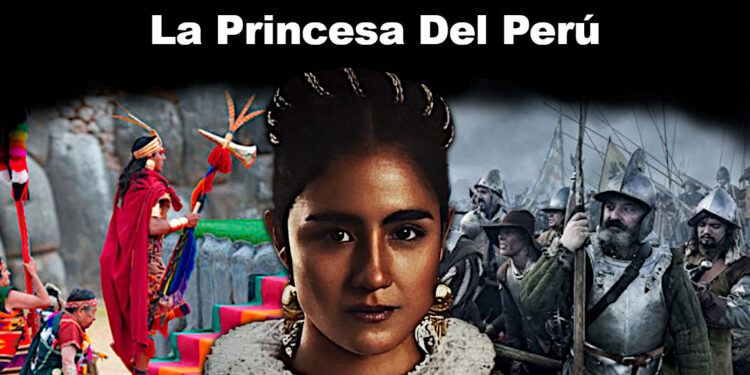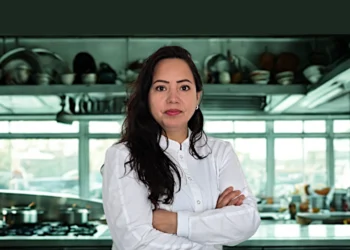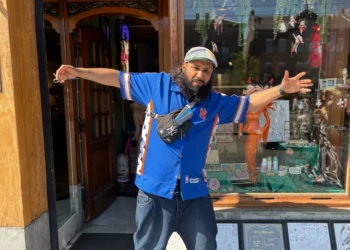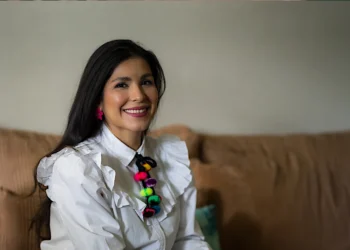This post is also available in:
Español
English
De geschiedenis van Francisca Pizarro Yupanqui, dochter van de conquistador Francisco Pizarro en de nobele Inca Inés Huaylas Yupanqui, is een van de meest intrigerende en vergeten verhalen uit de tijd van de verovering van Peru. Hoewel haar leven eeuwenlang grotendeels stil is gebleven, heeft de herontdekking van haar verhaal in 1989 door de historicus María Rostworowski in haar boek “Doña Francisca Pizarro: een illustere mestize, 1534-1598” ervoor gezorgd dat de betekenis van deze figuur eindelijk erkend werd. Francisca was de eerste mestize van Zuid-Amerika, een levend symbool van de ontmoeting tussen twee werelden: de Europese en de inheemse.
Een Geboorte Gemarkeerd door de Botsing van Twee Rijken
Francisca Pizarro Yupanqui werd geboren in 1534, in een Peru dat werd verwoest door de strijd tussen de Spaanse conquistadores en het Incarijk. Haar vader, Francisco Pizarro, had de expeditie geleid die leidde tot de gevangenneming van de Inca Atahualpa en de uiteindelijke val van het rijk. Haar moeder, Inés Huaylas Yupanqui, was een Inca-prinses, dochter van keizer Huayna Cápac en zus van de verslagen Inca Atahualpa.
Dit bloedlijn maakte haar tot een unieke figuur: van zowel Inca- als Europese royaliteit, was Francisca de eerste mestize geboren in een tijd waarin de banden tussen de twee culturen onder druk stonden en de mestiziteit nog niet formeel bestond in de koloniale samenleving. Haar status als mestize maakte haar echter ook tot een figuur van controle voor de conquistadores.
De Kindertijd van Francisca: Gescheiden van Haar Moeder om Haar Inca-erfgoed te
Vergeten
La vida de Francisca estuvo marcada desde sus primeros años por el control absoluto de su padre. A los tres años, Francisco Pizarro tomó la decisión de apartarla de su madre, Inés Huaylas Yupanqui, para evitar que recibiera influencia incaica. En un intento por borrar cualquier vestigio de su herencia indígena, Pizarro entregó a Francisca a su cuñada, Inés Muñoz, una española encargada de educarla en las costumbres y valores europeos.
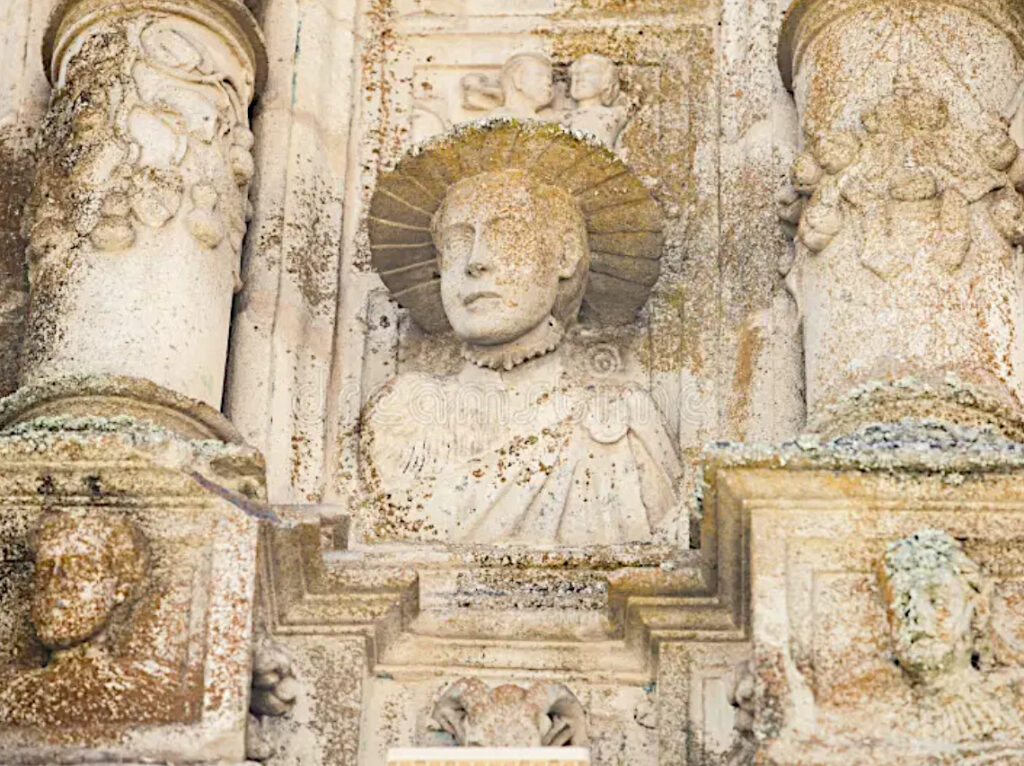
Deze vroege scheiding was een opzettelijke poging om Francisca van haar Inca-identiteit te ontdoen en ervoor te zorgen dat zij zou opgroeien in de Spaanse geloof en tradities. Zo werd ze al op jonge leeftijd gevormd om in de Spaanse koloniale samenleving te passen, ver verwijderd van de inheemse wortels van haar moeder.
Toen haar vader in 1541 in Lima werd vermoord, was Francisca nog maar zeven jaar oud. Op zo’n jonge leeftijd verloor ze de figuur die haar leven had gedomineerd, maar ze bleef ook beschermd door de nalatenschap en de faam van haar achternaam, wat haar lot in het Spaanse hof bepaalde.
Het Leven in Spanje: Een Nieuwe Start
Na de dood van Francisco Pizarro werd Francisca naar Spanje gestuurd om door de Pizarro-familie opgevangen te worden en zich te distantiëren van de turbulente omgeving van het koloniale Peru. Op het schiereiland integreerde ze zich in de Spaanse aristocratie. Haar mestizobloedlijn, hoewel met nieuwsgierigheid bekeken, stelde haar in staat een belangrijke plaats aan het hof in te nemen.
Francisca se casó con su tío, Hernando Pizarro, hermano de Francisco Pizarro, con quien tuvo descendencia. Este matrimonio, aunque polémico por ser entre tío y sobrina, fue una estrategia clave para asegurar la fortuna y herencia de los Pizarro en España. Aunque fue una figura enigmática, su vida en Europa se caracterizó por el silencio y la distancia respecto a su origen indígena.
Het leven van Francisca Pizarro Yupanqui herinnert aan de vele verhalen die nog niet in al hun complexiteit zijn verteld over rassenvermenging in Latijns-Amerika.
De Eerste Mestize: Symbool van het Nieuwe Amerika
Francisca Pizarro Yupanqui is een diepgaande figuur omdat ze het mestizaje belichaamt dat de Latijns-Amerikaanse identiteit zou vormen. Door haar heen kan men zien hoe de afstammelingen van de conquistadores en de inheemse elite zich moesten navigeren in een wereld vol culturele en raciale tegenstrijdigheden.
Haar status als eerste mestize, een hybride tussen twee werelden, vertegenwoordigt de fusie en spanning tussen de Andeaanse en Spaanse culturen. In een tijd waarin mestiezen nog geen duidelijke identiteit hadden in de nieuwe koloniale orde, viel Francisca op door haar afkomst, haar Europese opvoeding en haar plaats in de aristocratie.
De Herontdekking van Haar Geschiedenis
A lo largo de los siglos, la historia de Francisca Pizarro Yupanqui quedó en el olvido, especialmente fuera de los círculos históricos especializados. Fue en 1989 cuando la historiadora peruana María Rostworowski trajo su historia de vuelta a la luz en su libro “Doña Francisca Pizarro: una ilustre mestiza, 1534-1598”. Este trabajo no solo reveló detalles fascinantes de su vida, sino que también destacó el papel que Francisca jugó en la construcción de la nueva sociedad peruana y española.
Rostworowski benadrukte hoe Francisca slachtoffer was van de raciale en culturele spanningen van haar tijd, maar ook hoe ze erin slaagde om te overleven en te gedijen in een wereld die haar beschouwde als een ongemakkelijke hybride. Haar leven illustreert de complexiteit van het zijn van een mestize in een samenleving waar raciale afkomst een van de belangrijkste vormen van stratificatie was.
Het Erfgoed van Francisca Pizarro Yupanqui
Het leven van Francisca Pizarro Yupanqui is een herinnering aan de vele verhalen die nog niet in al hun complexiteit zijn verteld over het mestizaje in LatijnsAmerika. Ze vertegenwoordigt de fusie van twee werelden, maar ook het geweld en de controle die de conquistadores uitoefenden over de inheemse elite. Ondanks het feit dat ze van haar moeder werd gescheiden, opgroeide zonder contact met haar Inca-erfgoed en als Spaanse werd opgevoed, blijft Francisca Pizarro Yupanqui een essentiële figuur voor het begrip van de vroege geschiedenis van het mestizaje in Amerika.
En un contexto en el que el mestizaje se convirtió en la base de la identidad latinoamericana, Francisca es un símbolo de resiliencia y adaptación. Su historia, oculta durante siglos, finalmente ha sido rescatada, permitiendo que los peruanos y el mundo conozcan a la primera mestiza de Sudamérica.
Francisca Pizarro Yupanqui no solo es un personaje histórico, sino también un emblema de la complejidad del mestizaje en los albores de la colonia. Al redescubrir su vida, podemos comprender mejor cómo las tensiones entre las culturas europea e indígena dieron lugar a una nueva identidad, y cómo figuras como Francisca, a pesar de ser moldeadas por las circunstancias de su tiempo, jugaron un papel crucial en la configuración de la América Latina moderna.


